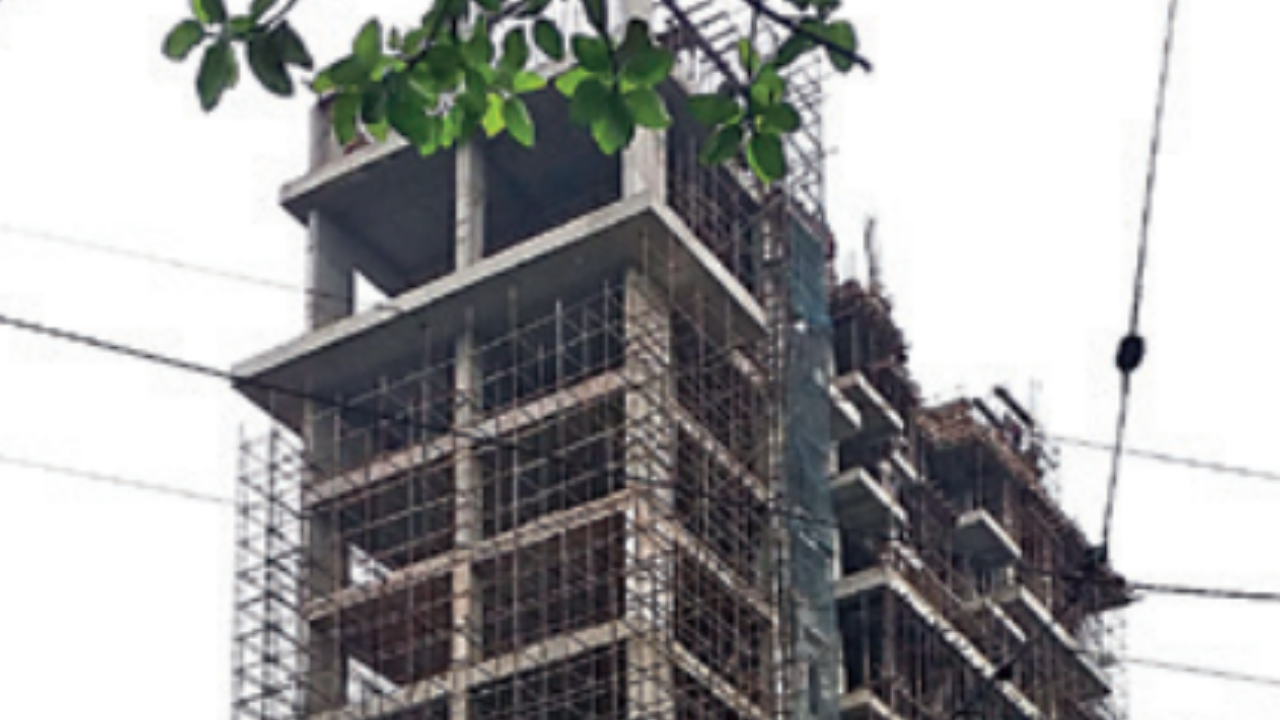MUMBAI: Mumbaikars seem to have enjoyed better air quality this November than in the corresponding month over the last four years, according to analysis from a forum tracking pollution levels.
A comparison of carcinogenic PM 2.5 levels by Respirer Living Sciences(RLS), which monitors and analyses air quality, indicated that this month was the best November since 2019.According to RLS, which analysed Central Pollution Control Board data, apart from unseasonal showers and sea breeze, what turned the tide in Mumbaikars’ favour this November was the action against polluting construction and garbage sites and washing of arterial roads.
RLS founder Ronak Sutaria said almost a week of drizzling and cloudy weather besides warmer temperature and high wind speed from across the sea helped Mumbai enjoy cleaner air. However, he said action taken by authorities on construction sites, ready mix concrete plants and other polluting units played a significant role. A large movement of people out of the city around Diwali leading to lesser traffic on roads also helped, he added.
When asked about rise in PM 2.5 in November 2020 over November 2019 despite 2020 being the lockdown year, Sutaria said in 2019 there were only 10 air monitoring stations of MPCB; by 2020 SAFAR had six stations of its own followed by another five in 2021. These were 11 in addition to MPCB’s 10. “This brought several polluted areas under day-to-day monitoring,” he said.
In 2019 November, PM 2.5 in the city was 60.6 micrograms/cubic metre, while in 2023 it was 61.1, an increase of 0.7% over 5 years. However, year-on-year comparisons tell a different story. In 2020, the November PM 2.5 levels jumped to 68.9, an increase of 13.5% over 2019. In 2021, they fell to 67.2 micrograms/cubic metre, down 2.4% compared to 2020. In 2022, they rose to 73.7, 9.8% more than 2021 and more than 14 times WHO’s safe limit of 5 micrograms/cubic metre. In 2023, levels dropped by 17.2% to 61.1 micrograms/cubic metre, which is still more than 12 times the WHO safe limit and twice CPCB’s ‘good’ limit of 30 micrograms/cubic metre, the analysis revealed.
A comparison of carcinogenic PM 2.5 levels by Respirer Living Sciences(RLS), which monitors and analyses air quality, indicated that this month was the best November since 2019.According to RLS, which analysed Central Pollution Control Board data, apart from unseasonal showers and sea breeze, what turned the tide in Mumbaikars’ favour this November was the action against polluting construction and garbage sites and washing of arterial roads.
RLS founder Ronak Sutaria said almost a week of drizzling and cloudy weather besides warmer temperature and high wind speed from across the sea helped Mumbai enjoy cleaner air. However, he said action taken by authorities on construction sites, ready mix concrete plants and other polluting units played a significant role. A large movement of people out of the city around Diwali leading to lesser traffic on roads also helped, he added.
When asked about rise in PM 2.5 in November 2020 over November 2019 despite 2020 being the lockdown year, Sutaria said in 2019 there were only 10 air monitoring stations of MPCB; by 2020 SAFAR had six stations of its own followed by another five in 2021. These were 11 in addition to MPCB’s 10. “This brought several polluted areas under day-to-day monitoring,” he said.
In 2019 November, PM 2.5 in the city was 60.6 micrograms/cubic metre, while in 2023 it was 61.1, an increase of 0.7% over 5 years. However, year-on-year comparisons tell a different story. In 2020, the November PM 2.5 levels jumped to 68.9, an increase of 13.5% over 2019. In 2021, they fell to 67.2 micrograms/cubic metre, down 2.4% compared to 2020. In 2022, they rose to 73.7, 9.8% more than 2021 and more than 14 times WHO’s safe limit of 5 micrograms/cubic metre. In 2023, levels dropped by 17.2% to 61.1 micrograms/cubic metre, which is still more than 12 times the WHO safe limit and twice CPCB’s ‘good’ limit of 30 micrograms/cubic metre, the analysis revealed.






